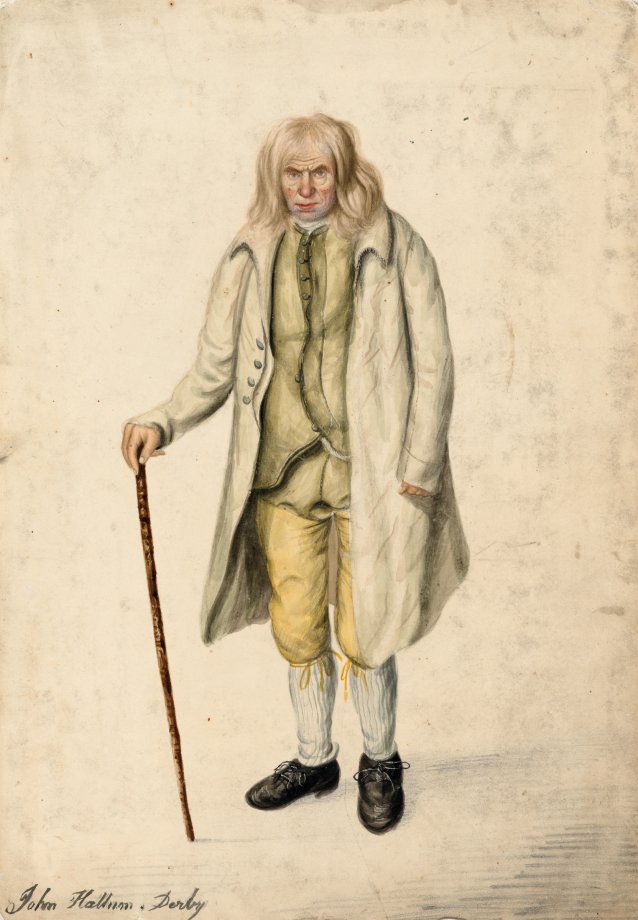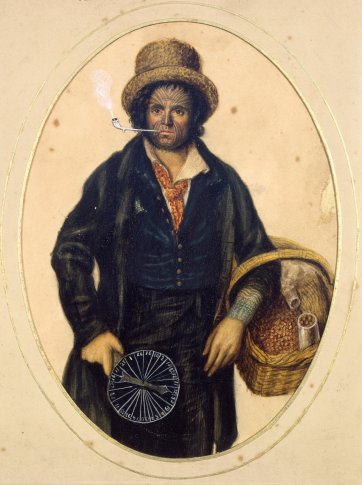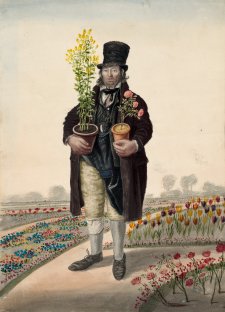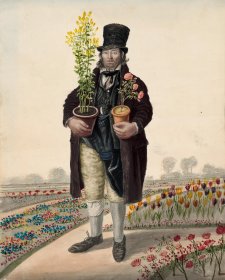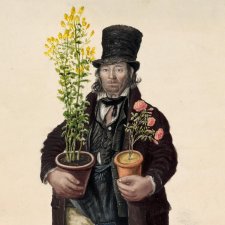John Hallam (1743–1828) of Derby has the peculiar distinction of being remembered mostly for his simple goodness. Not a wealthy man, but still a philanthropist, he spent a great deal of time visiting the poor, the sick and the imprisoned, particularly those under sentence of death. A devout Anglican and, at the same time, a keen Methodist, he was also an occasional lay preacher. It is reported that, when he conducted outdoor meetings, he was often ‘so earnest in his labours, that he would continue speaking until midnight, even after every one of his hearers had withdrawn’.
There are other suggestions of odd behaviour. An autodidact fond of reading, Hallam was granted access to several gentlemen’s libraries in the district, but he was known to walk in, take up a volume and walk out again without saying a word to anyone. He was evidently particularly averse to the idea of having his likeness taken, and the oil painting by Richard MacConnell in the Derby Museum and Art Gallery was reputedly ‘obtained … almost by stealth’. The long but undressed blond–white hair in McConnell’s head-and-shoulders portrait, and the bulky light-coloured clothing recorded in Dempsey’s full-length portrait (the latter presumably another ‘stealthy’ recording) were also regarded by his contemporaries as constituting a decidedly eccentric appearance.
Nevertheless, he enjoyed the respect of the local community. Courteous in his manner, somewhat reserved, but good with children, he was described as ‘the most honest man in Derby’ — the story was told that ‘once walking down Sadler-Gate, he saw something glittering on the pavement, which, on picking up, proved to be a sixpence. He instantly laid it down again, observing that it was not his property, and walked on’.
John Hallam died in August 1828, at the good old age of 85.
Collection: Tasmanian Museum and Art Gallery, presented by C. Docker, 1956
